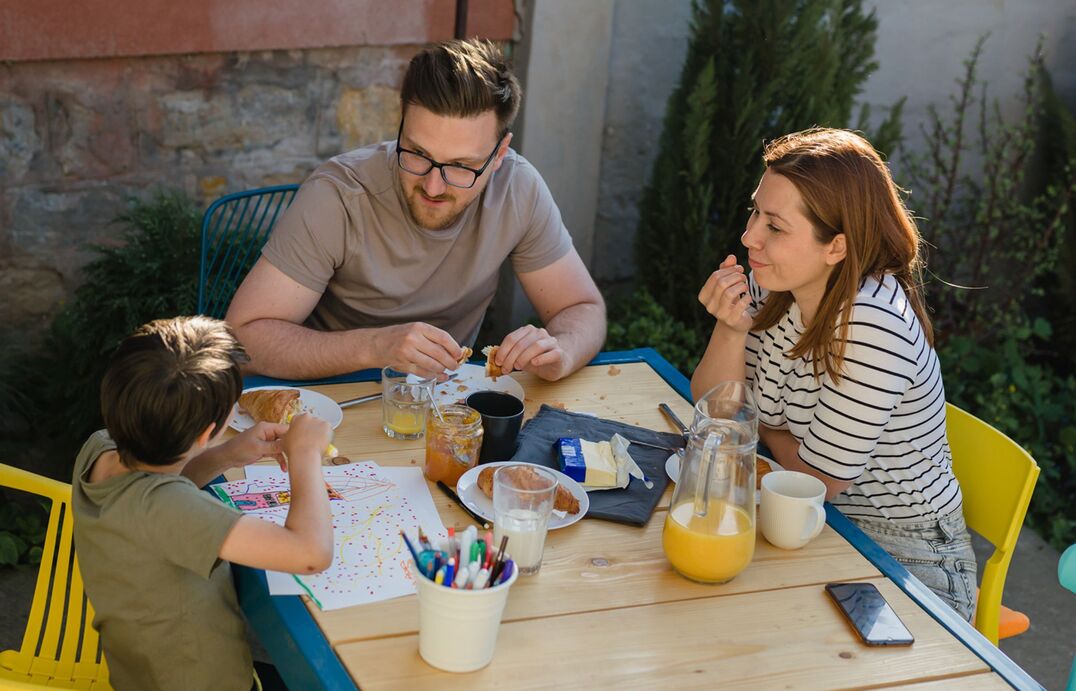Guiding your child's tech journey with DigiTalks
Having conversations with your child is a good way to build a family culture of openness and sharing.

Children fleeing violence at Christmas need your help. Donate and help give a Buddy Bag by 25 December.
Discovering that your child may be experiencing or engaging in online bullying can stir complex emotions. It's essential to recognise that help is available for both you and your child to navigate these challenging interactions and that there are steps you can take to prevent them from occurring.
Just like offline scenarios, online bullying arises from interactions where someone repeatedly engages in mean-spirited behaviour intended to cause harm. Disagreements, unwanted requests, or occasional rude actions do not necessarily constitute bullying.
It's the repetitive nature and deliberate intent to inflict harm that makes it bullying.
Children actively participate in online activities, including playing, learning, and socialising. As a result, bullying can manifest across various digital domains.
Private group chats on messaging platforms, online gaming environments, social media posts, and public comments all serve as potential spaces for online bullying to take place.
As a parent, it's crucial to observe any changes in your child's behaviour that may signal their involvement in or experience of online bullying.
Keep a watchful eye for the following behavioural shifts:
It's important to note that these changes don't definitively indicate online bullying but can serve as indicators for further investigation and support.
For online bullying to occur, there must be someone who is bullying. It is never nice to think that your child might be choosing to be a bully, but keep an eye out for things like:
If your child confides in you about being bullied online, it's vital to respond calmly and acknowledge their need for support.
Reacting with anger, seeking retaliation, or restricting their access to the online world may not be helpful. Instead, consider the following actions:
Preventing bullying is always preferable, and this starts with cultivating empathy in your child. Encourage them to consider how they would feel if someone consistently treated them unkindly, fostering an understanding of the emotional impact.
Emphasise that there are real consequences for engaging in bullying behaviour, ranging from being banned from platforms to legal ramifications.
The idea of your child being bullied or being a bully might be a scary course to navigate, but rest assured that the best thing you can do is make sure they are empowered to seek support. There are many ways to do this – a great way to start is by placing our simple flow chart on the fridge or another easy to access location in the house.
We know it takes a village to raise a child. Your village could include grandparents, aunts and uncles, family friends, babysitters or cousins - and it's great to share this information with them. Download a PDF version to share the article with ease.

Having conversations with your child is a good way to build a family culture of openness and sharing.

Screens and devices are now firmly part of our world. We all use them to work, play, learn and socialise – and so do our children.

Unlocking the power of literacy goes beyond reading and writing – it’s also important to know how to think about this content in order to make sense of the world.


